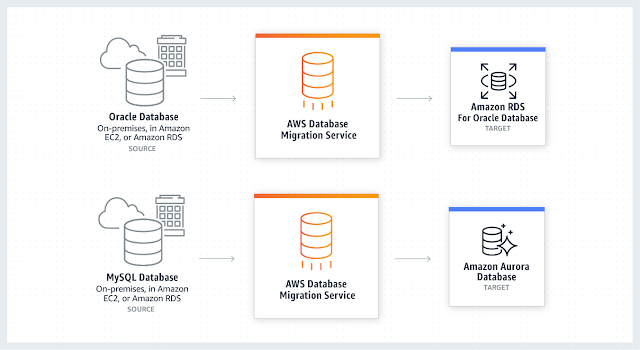The Optimized Usage of the ETL AWS

If you are looking to migrate databases from on-premises systems to the cloud or from one cloud provider to another there cannot be a better method than using AWS ETL. It is a tool that functions on the Amazon Web Service (AWS), a platform that is based on the cloud with unlimited storage capabilities, high computing powers, and maximized content delivery. The AWS ETL tool also facilitates migration between relational databases, data warehouses, and NoSQL databases. What is the ETL in ETL AWS? It is short for Extract, Transform, and Load and helps to combine multiple databases or data warehouses into a single storage repository of data. The workflow of the ETL AWS is as follows. It extracts data from the source database from where data is to be migrated and then transforms the extracted data intoa format that matches the structure of the target database. Finally, this formatted data is loaded into the target intended database. Here are some of the benefits that make ETL AWS the ...





